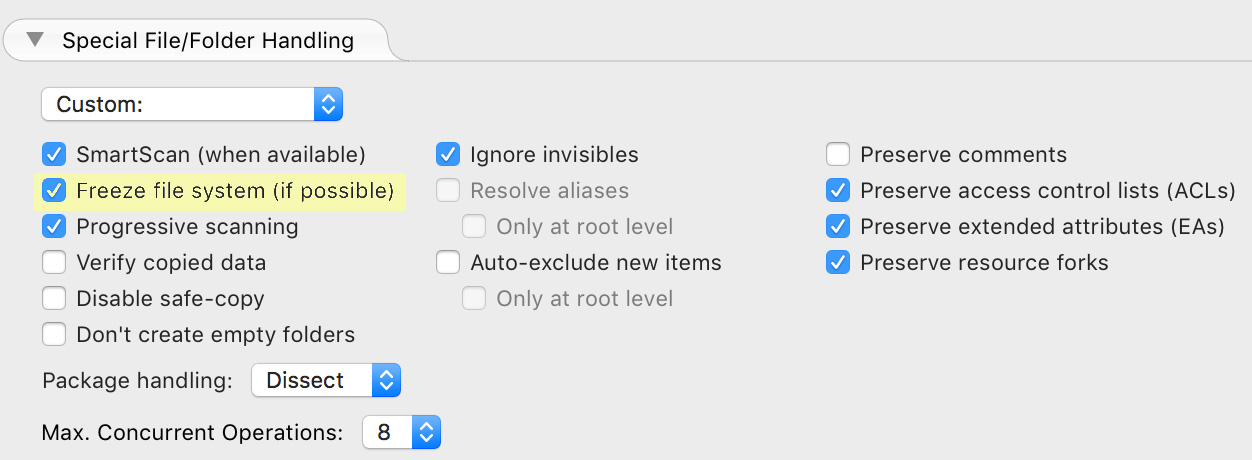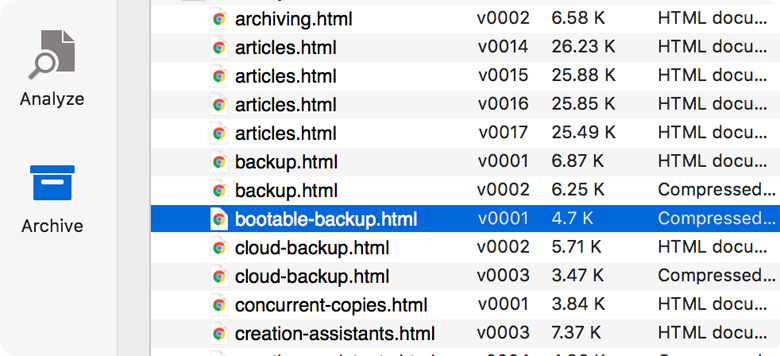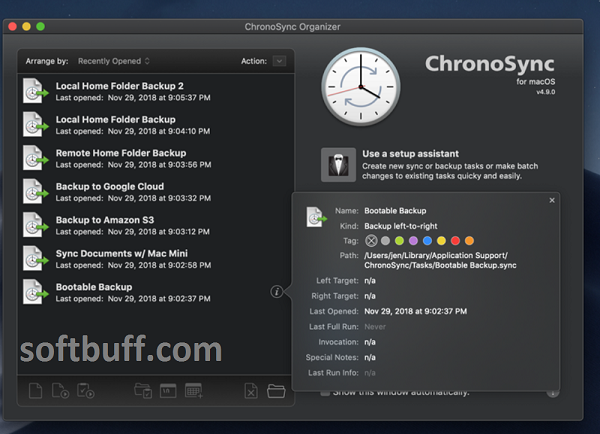
The best you will be able to do is to recover files in folders such as ~/Documents. I am doubtful that you would able to recover the libraries used by the Photos and Music libraries to the state they were before disaster.Any use of iCloud would need to be reestablished.Largely lost and would require careful copying of files stored in Recovering applications, settings and state information will be.


File and Folder metadata will be lost along with aliases, symlinks,.Using rsync to copy files to an NTFS drive will not provide a seamless recovery. Initially when I was using rsync version 2.6.9 protocol version 29, I didn't need to include the -ignore-errors flag but with rsync 3 I found I had to add that flag, so my fundamental rsync command takes this form: copyall() " More generally, (and more importantly and to the point than sub-question 2) how should one approach the /System/Volumes/Data directory in context with the whole system when backing up? Given the new file system (APFS with firmlinks/wormholes and things that are still mysterious to me) should I exclude /System/Volumes/Data/Users and copy /Users or the other way around, or do I need to copy both? In Big Sur, is there a new StdExclusions file or equivalent in another location? In Big Sur, this StdExclusions file doesn't seem to exist (at least not in its usual location).

System/Library/CoreServices/backupd.bundle/Contents/Resources/istĪs a starting point to decide what files/folders to exclude. Usually, for a given macOS version, I would use the StdExclusions file located at I'd like to continue with this procedure if possible.
#Chronosync dmg file pro#
I've been backing up my MacBook Pro with rysnc (now version 3.2.3, protocol version 31) to external hard drives formatted with NTFS.


 0 kommentar(er)
0 kommentar(er)
